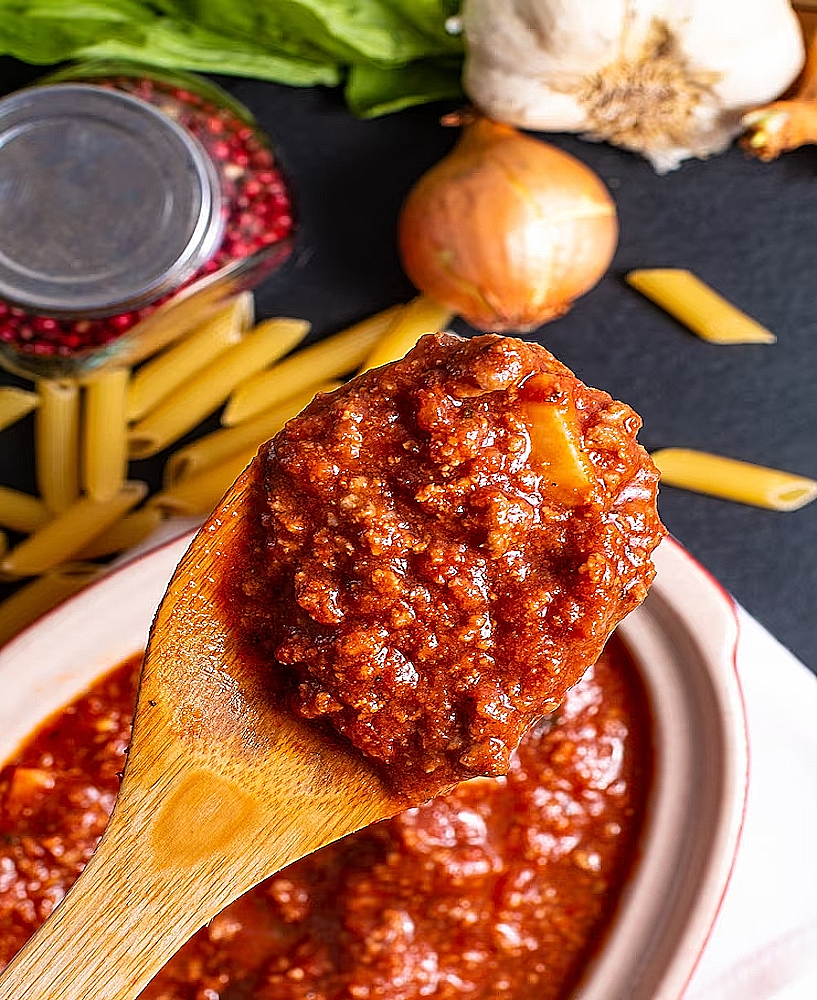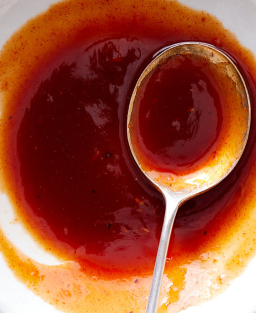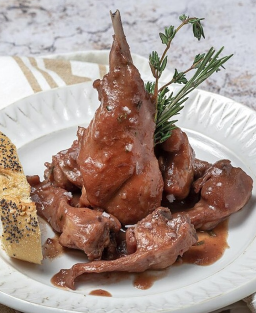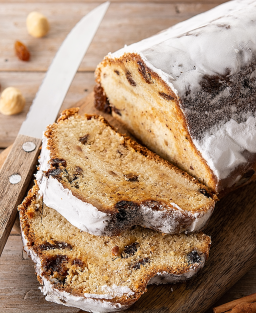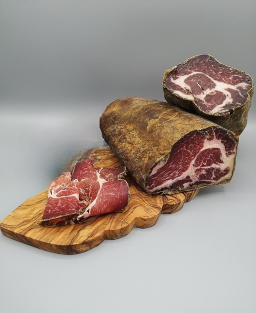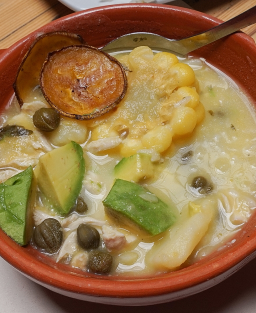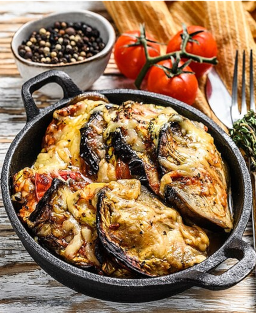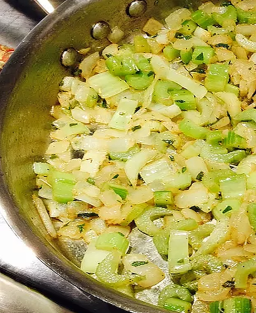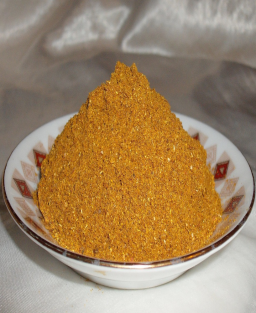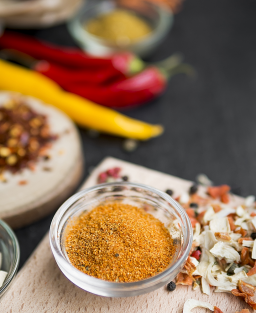- Out-of-Stock
Recipe for Bolognese Sauce (Ragù alla Bolognese) Officially Registered
Recipe for Bolognese Sauce (Ragù alla Bolognese) Officially Registered
Origin and History
Bolognese sauce, also known as ragù alla bolognese, is a traditional Italian sauce originating from the city of Bologna, Italy.
The traditional recipe for bolognese sauce (or ragù alla bolognese) was officially registered in Italy in 1982 under the auspices of the Accademia Italiana della Cucina (Italian Academy of Cuisine).
Historical Context:
The Accademia Italiana della Cucina, a cultural organization founded in 1953 to preserve and promote Italian gastronomic traditions, officially registered the recipe for bolognese sauce as part of Italy's culinary heritage. This action was taken to protect the recipe from alterations and ensure the traditional version was recognized internationally.
The Registered Recipe:
The Accademia Italiana della Cucina registered this official version of bolognese sauce with the Bologna Chamber of Commerce to ensure it was the authentic version and to avoid confusion with variants or recipes that distorted the traditional recipe.
The Official Recipe Contains:
-
Minced beef and pork.
-
Vegetables (onion, carrot, celery).
-
Milk, white wine, and tomatoes.
-
Basic spices (salt, pepper, sometimes nutmeg).
It is important to note that the pasta traditionally associated with bolognese sauce in this version is usually tagliatelle, not spaghetti, as often seen in many other adaptations around the world.
Why Protect It?
The goal of the Accademia Italiana della Cucina was to preserve the authenticity of this recipe, as it is part of Italy's intangible cultural heritage. Indeed, like many traditional Italian recipes, there are several variants of bolognese sauce in different countries and regions, but this official version is the one that originated in Bologna, in Emilia-Romagna, and is considered the original recipe.
This action also allowed Italy to establish what it considers the true "bolognese sauce" to avoid misinterpretations or commercial versions, such as those found in takeout dishes in other countries.
Traditional Bolognese Sauce Recipe (Ragù alla Bolognese)
Ingredients:
-
300 g minced beef
(I would choose Chianina or Razza Piemontese beef, two breeds known for their rich flavor, but depending on the region, you could also opt for Charolais or Salers beef for a tender, flavorful texture.) -
200 g minced pork
(In Tuscany, I might choose Cinta Senese pork, a local breed, or, if I'm in southern France, Landais pork, which has a more pronounced taste.) -
1 medium onion, finely chopped
(I would prefer sweet Cipolla di Tropea (Calabria) onions, or local onions like Vidalia if I'm in France.) -
1 carrot, finely chopped
(I choose a Nantes carrot, which is sweet and mild. If in Italy, the carota di Polignano would also be an excellent choice.) -
1 stalk celery, finely chopped
(Verona celery would be ideal in Italy, but in France, I could use Saint-Jean green celery grown in Provence.) -
2 tablespoons olive oil or butter
(Tuscany's extra virgin olive oil is a reference, but depending on my region, I could also use a locally sourced oil, like walnut oil in Burgundy or rapeseed oil in the North.) -
200 ml whole milk
(If I were in Italy, I'd choose Latte di Bufala Campano, but in France, a local whole milk from Normandy or Poitou-Charentes would be perfect.) -
150 ml dry white wine
(A Pinot Grigio or Trebbiano for an Italian touch, but in France, I'd opt for Sauvignon Blanc or Chablis.) -
400 g crushed tomatoes or tomato purée
(For Italy, I’d use Pomodori San Marzano DOP, but in France, local Roma tomatoes or tomatoes from Périgord would also work.) -
1 bay leaf
(Using Italian bay leaves would be ideal for authenticity, but in France, fresh garden bay leaves would also do.) -
Salt, black pepper
(I would use Guérande salt (or Fleur de sel) and freshly ground Tellicherry black pepper.) -
1 pinch grated nutmeg
(Sicilian nutmeg is perfect, but in France, nutmeg harvested in New Caledonia would also be an excellent choice.) -
1 tablespoon tomato paste
(In Italy, I would choose Mutti tomato paste, but in France, a homemade paste made from local tomatoes would be ideal.)
Preparation:
-
Sauté the vegetables
In a large pot, heat the olive oil or butter over medium heat. Add the onion, carrot, and celery. Sauté for 10 to 12 minutes until the vegetables are tender and lightly golden. -
Add the meats
Add the minced beef and pork to the pot. Cook, stirring occasionally, until the meat is browned and any excess water has evaporated. -
Deglaze with white wine
Pour the white wine into the pot and simmer for 5 to 6 minutes to let the alcohol evaporate. -
Add the milk
Add the milk to the meat and simmer for 10 to 15 minutes. This will soften the acidity of the sauce and give the meat a tender texture. -
Add the tomatoes and season
Add the crushed tomatoes, tomato paste, bay leaf, a pinch of nutmeg, salt, and pepper. Stir well. -
Simmer gently
Reduce the heat to very low and let the sauce simmer for 2 to 3 hours. Stir occasionally and, if necessary, add a little water or broth to prevent the sauce from becoming too thick. -
Adjust seasoning
Taste and adjust seasoning with more salt, pepper, or nutmeg as needed. -
Serve
Bolognese sauce is perfect with pasta such as tagliatelle or pappardelle. You can also use it for lasagna. Serve it with grated parmesan.
Tips:
-
Slow cooking is crucial for the sauce to develop its full richness. The longer the sauce simmers, the more flavorful it will become.
-
For a creamier sauce, you can add a little butter at the end of cooking.
-
The sauce freezes well and can be stored for future meals.
Summary:
This version of bolognese sauce uses local ingredients from various regions of Italy and France, offering a richness of flavors and a respect for traditions. Quality meats, local tomatoes, and fresh herbs enhance the taste of the sauce while staying true to the traditional recipe.
With these authentic Italian ingredients, you'll get a traditional bolognese sauce full of local flavors and respectful of Bologna's culinary traditions.
History of Bolognese Sauce:
Bolognese sauce is the result of centuries of culinary tradition in Emilia-Romagna, a region in northern Italy. Unlike other Italian tomato-based sauces, bolognese relies on a blend of minced meats and is often associated with a pasta dish like tagliatelle al ragù.
This bolognese sauce recipe is the traditional and official version, and it serves as the basis for many Italian recipes worldwide.











